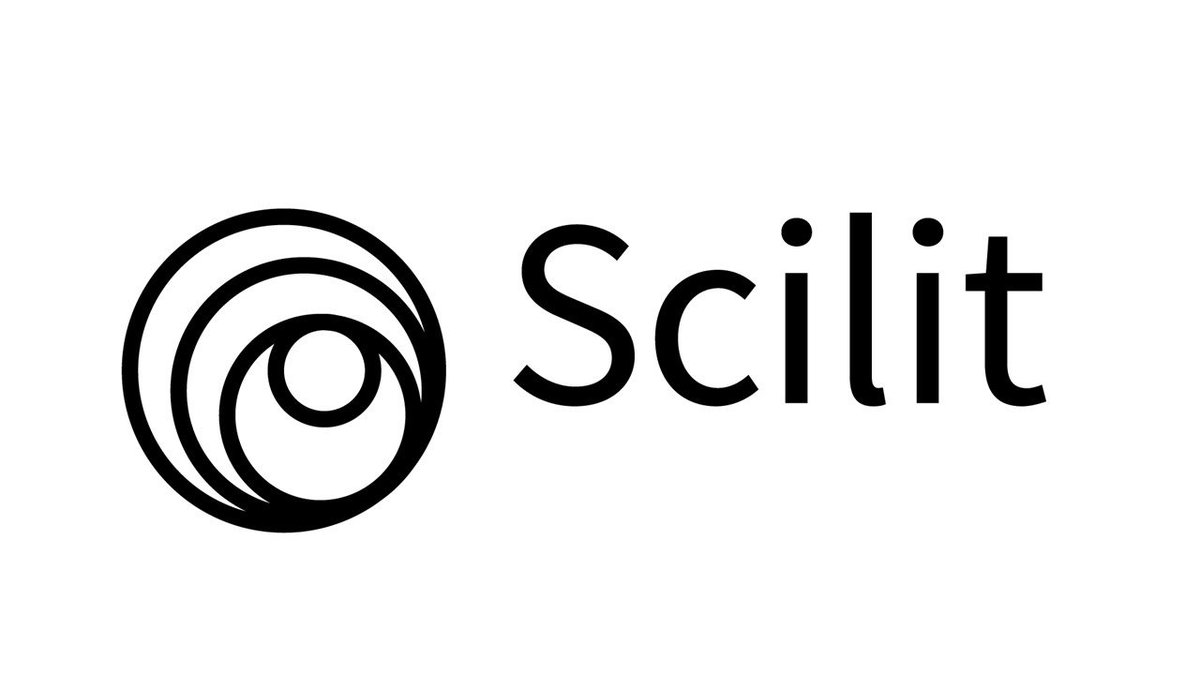Peer Review Policy
Peer Review Process
Initial Evaluation and Decision
Editor-in-Chief and Editorial Manager will initially screen all submissions received by the editorial office of Diyala Journal of Engineering Sciences to determine if they are within the instructions of guide to authors in terms of formatting preparation, ethical policies of the journal, and journal's scope. Submissions that are not properly followed the author’s guideline regarding manuscript formatting requirements will be returned to the corresponding author(s) to revise and resubmit within one week. Editor-in-Chief will reject the submissions that do not conform to the ethical policies and the scope of the journal without further peer review. If submissions are judged appropriate to the journal, Editor-in-Chief will assign the submissions for plagiarism checking software (Turnitin). If the result of originality is less than 20%, submissions will be further considered for the peer-review process, if not, will be rejected and send back it to the author to be revised for the plagiarised contents.
Peer Review
Diyala Journal of Engineering Sciences applies double-blind review, which means neither authors nor reviewers know each other’s name or affiliations throughout the peer-review process. If the manuscript passes the initial screening, it will be assigned to a section editor who will assess scientific eligibility and recommend reviewers within the scope of the article to the Editor-in-Chief. Editor-in-Chief will assign the manuscript to at least two independent experts for review, who may include, but not necessarily, a member of the editorial board or a suggested reviewer by the author(s). Based on the title and abstract of the manuscript, the assigned reviewers may accept or reject involving in the review process.
The reviewers will evaluate the manuscript and submit their reports on the manuscripts along with their recommendations for one of the following actions to the Editor-in-Chief within two to three weeks:
- Accept
- Accept with Minor Revisions
- Accept with Major Revisions
- Reject
If one of the reviewers recommends rejection or acceptance with a wide difference from the other reviewer, the Editor-in-Chief will invite a third reviewer to decide the rejection, acceptance, or revision of the manuscript.
The deadline to complete the first round of the review process is approximately 5-6 weeks, with a maximum of three months
Manuscripts that need revision will be sent back to the corresponding author(s) along with the reviewer's comments. The corresponding author(s) should return the revised manuscript to the editorial office within two weeks. Manuscripts will be considered withdrawn if exceeded the revision due date. Request for an extension is acceptable if made before the revision due date. Corresponding author(s) should respond to reviewer comments in a point-by-point style. Disagreement with reviewer suggestions by the corresponding author(s) should be responded clearly. Editor-in-Chief will then send the revised manuscript to the Editorial Manager to ensure that it has been revised in accordance with the reviewers' suggestions.
Final Decision
The Editor-in-Chief will make one of the following decisions, which will be a final decision, after considering all reviewer comments.
- Publish
If the Editor-in-Chief recommends “Publish,” the manuscript is accepted for publication.
- Accept with Minor Revisions
If the Editor-in-Chief recommends, “Accept with Minor Revisions” the authors are notified to prepare and submit a final copy of their manuscript with the required minor changes suggested by the reviewers. Only the Editor-in-Chief reviews the revised manuscript after the minor changes have been made by the authors. Once the Editor-in-Chief is satisfied with the final manuscript, the manuscript can be accepted.
- Major Revisions Required
The submitted manuscript has to go through further review after revision by the author(s) to consider for publication. Author(s) will be requested to resubmit the revision within two weeks, and the revised version will be sent back to the same reviewers. Once the revised manuscript is submitted, the Editor-in-Chief can then make an editorial recommendation, which can be “Publish” or “Minor Revisions Required” or “Reject.”
- Reject
If the Editor-in-Chief recommends rejecting the manuscript, the rejection is immediate. Additionally, if two of the reviewers recommend rejecting the manuscript, the rejection is immediate. The editors have the authority to reject any manuscript due to the inappropriateness of its subject, lack of originality, or incorrectness of its results and no expansion of the current knowledge.
Author Appeals
If the final decision of a submitted manuscript is rejected, Editor-in-Chief will notify the corresponding author(s) of the reason(s) for rejection. Rejection decision can be appealed by sending an email to Editor-in-Chief at editor@djes.info. The appellant authors must provide a comprehensive justification with point-by-point responses to comments of the reviewers or editors. Editor-in-Chief will review and discuss the appeal with the journal editors to give a consultative recommendation on the manuscript. The recommendation may be acceptance, further peer-review, or maintain the original rejection decision. A reject decision is final and cannot be reversed.
Publication
If a manuscript is accepted, Editor-in-Chief will send an acceptance letter to the corresponding author(s) including publication fees. The manuscript will be sent to the technical editor for editing and design process and then to the publisher.











